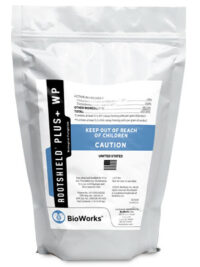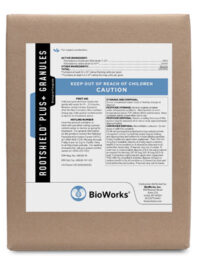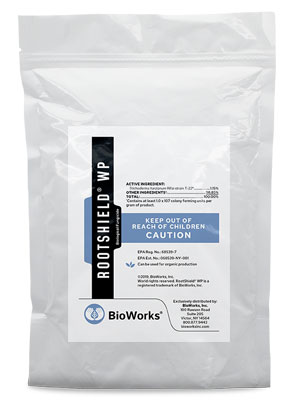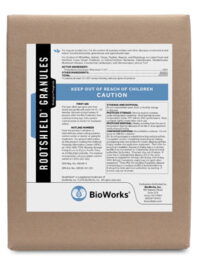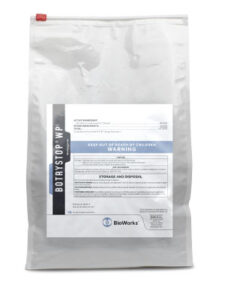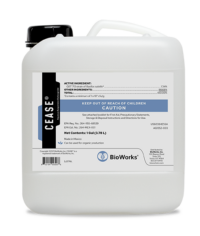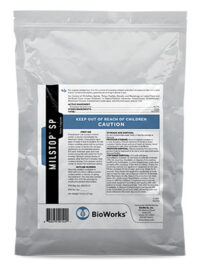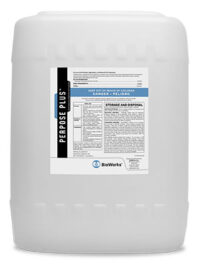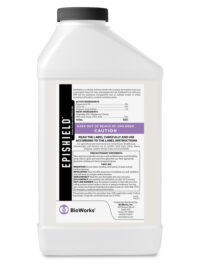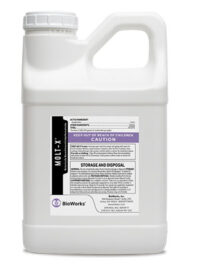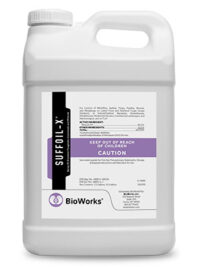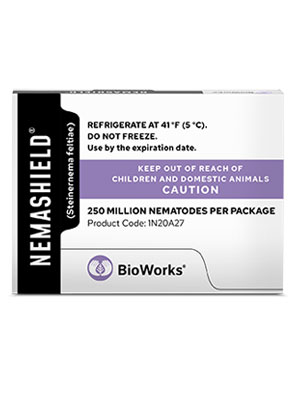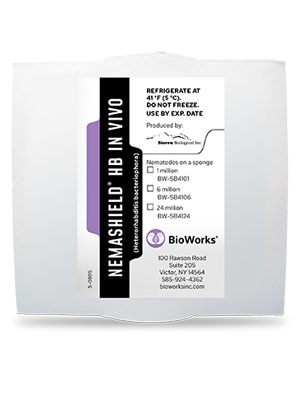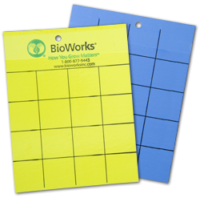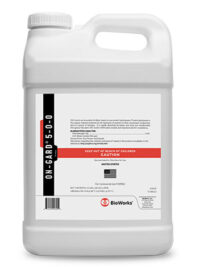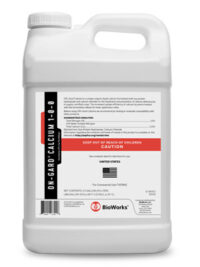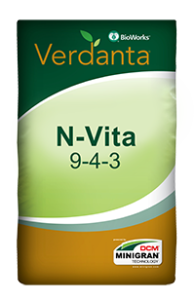Disease Control
Active:
Trichoderma harzianum strain T-22 and Trichoderma virens strain G-41
Controls:
Cylindrocladium, Fusarium, Phytophthora, Pythium, Rhizoctonia and Thielaviopsis
Active:
Trichoderma harzianum strain T-22 and Trichoderma virens strain G-41
Controls:
Cylindrocladium, Fusarium, Phytophthora, Pythium, Rhizoctonia and Thielaviopsis
Active:
Trichoderma harzianum
strain T-22
Controls:
Pythium, Fusarium, Rhizoctonia, Cylindrocladium, and Thielaviopsis species
Active:
Trichoderma harzianum
strain T-22
Controls:
Pythium, Fusarium, Rhizoctonia, Cylindrocladium, and Thielaviopsis species
Active:
Ulocladium oudemansii strain U3
Controls:
Botrytis and Sclerotinia
Active:
Bacillus subtilis strain QST 713
Controls:
Broad spectrum of fungal and bacterial diseases
Active:
Potassium bicarbonate
Controls:
Powdery mildew and other foliar diseases
Active:
Hydrogen Peroxide
Controls:
Algae; fungal and bacterial diseases
Insect Control
Active:
Peppermint Oil, Clove Oil and Sodium Lauryl Sulfate
Controls/Suppresses:
Mites, Aphids, Thrips, Whiteflies and Mealybugs
Active:
Mineral Oil
Controls:
Nymphs and adult soft bodied insects and mites
Active:
Steinernema feltiae
Controls:
Fungus gnats and Western flower thrips
Active:
Heterorhabditis bacteriophora
Controls:
White Grubs, Cutworms and Leatherjackets

